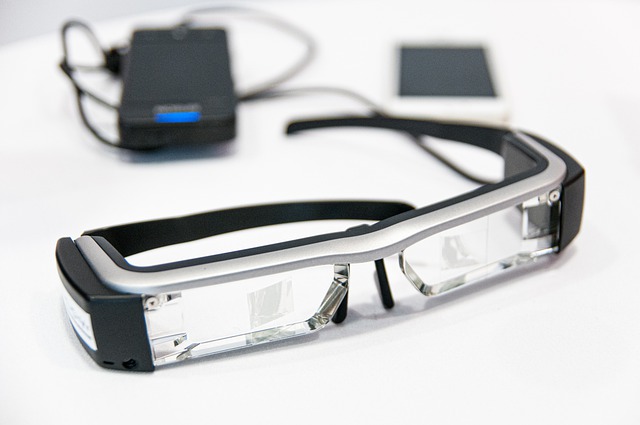Despite the colossal failure of its first pair of smart glasses back in 2014, Google’s latest wearable device, the Glass Enterprise Edition 2, marks a significant turning point for the XR industry.
Google designed the smart glasses specifically for business use cases and offers several upgraded features to enhance collaboration, mobility, performance, and efficiency compared to its predecessor.
Public testing for the headset began in August for a new prototype with “trusted testers.” Small-scale trials across the US began in discrete locations such as hospitals, administrative buildings, and schools.
Device testing will include trials of its microphones, lenses, and cameras to vet its AR visualisation, navigation, translation, visual search, and transcription capabilities.
So far, companies like DHL, Boeing, and AGCO have reported an increase in operational performance and efficiency since incorporating Glass headsets, but what exactly do the smart glasses offer?
Here’s a closer look at what Glass has to offer.
Glass Enterprise Edition 2 Design
Google’s smart glasses are lightweight, dust and water-resistant. Upgraded from the original, it features sturdy safety frames for robust industrial environments such as factory floors and construction sites.
Google also added a bigger battery to the smart glasses, along with support for Android Enterprise Mobile Device Management to increase mobility and flexibility for remote workforces and users.
Aesthetically, its sleek and discreet design offers a significant advantage over other, bulkier competitors. Despite this, the arrival of Vuzix’s MicroLED, Nreal’s Air, and Meta Platform’s upcoming Project Aria will undoubtably change this.
Glass Enterprise Edition 2 Performance
While not strikingly different in appearance from the original model, the device offers some stark differences in performance.
Here are some of the key features and specifications:
- Qualcomm XR1 Platform
- 640-pixel x 360-pixel RGB display
- 32GB of storage
- An 8-megapixel camera
- 83° Diagonal Field of View
- Up to 1080p30 video
- Three field beam-forming microphones
- Up to 8 hours of battery life
Enterprise for Glass 2 differs as it operates on Qualcomm’s XR1 platform, giving it a significant boost in processing power compared to the original.
Google’s latest smart glasses also feature an 8MB camera, 640 x 360-pixel RGB display, 32GB of memory, blink and wink sensors, and a USB-C port with greater overall functionality.
Google Glass Enterprise Edition 2 also differ from its original release by operating completely on Android. This makes it much simpler for developers to work with, develop for organizations, and integrate existing applications and application programme interfaces (APIs).
Like its predecessor, the Glass for Enterprise 2 is fully voice-controlled, meaning users on the frontline, or jobs where freehand movement is essential, can use the device without affecting productivity.
Google Glass Pricing
To purchase Glass for Enterprise Edition 2, simply contact Google or one of its suppliers directly as there are no open sales of the device. Currently, the headset costs $999, but is expected to drop over the next year to compete with other vendors entering the smart glass market.
Verdict
Overall, Enterprise for Glass 2 is doing a great job of repositioning Google as a reputable AR smart glasses vendor. While Glass failed in the global consumer market, it has performed well for enterprises by providing them with the tools needed to compete against rivals.
It is uncertain whether this trend will continue after other companies like Apple, Facebook, Snap and Nreal join the marketplace. For now, things are looking great for Google’s AR smart glasses.
Source: https://www.xrtoday.com/augmented-reality/google-glass-enterprise-edition-2-review/
